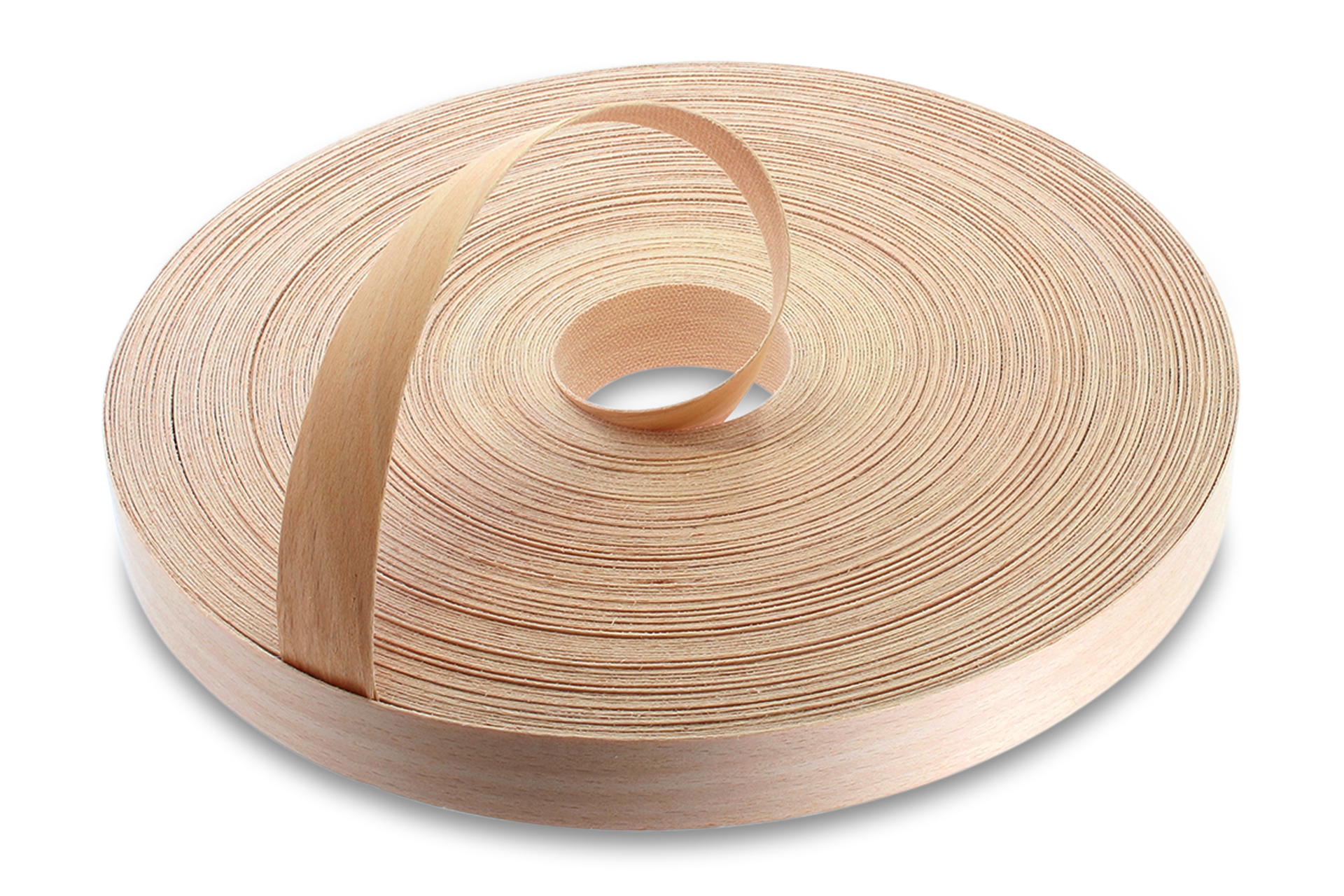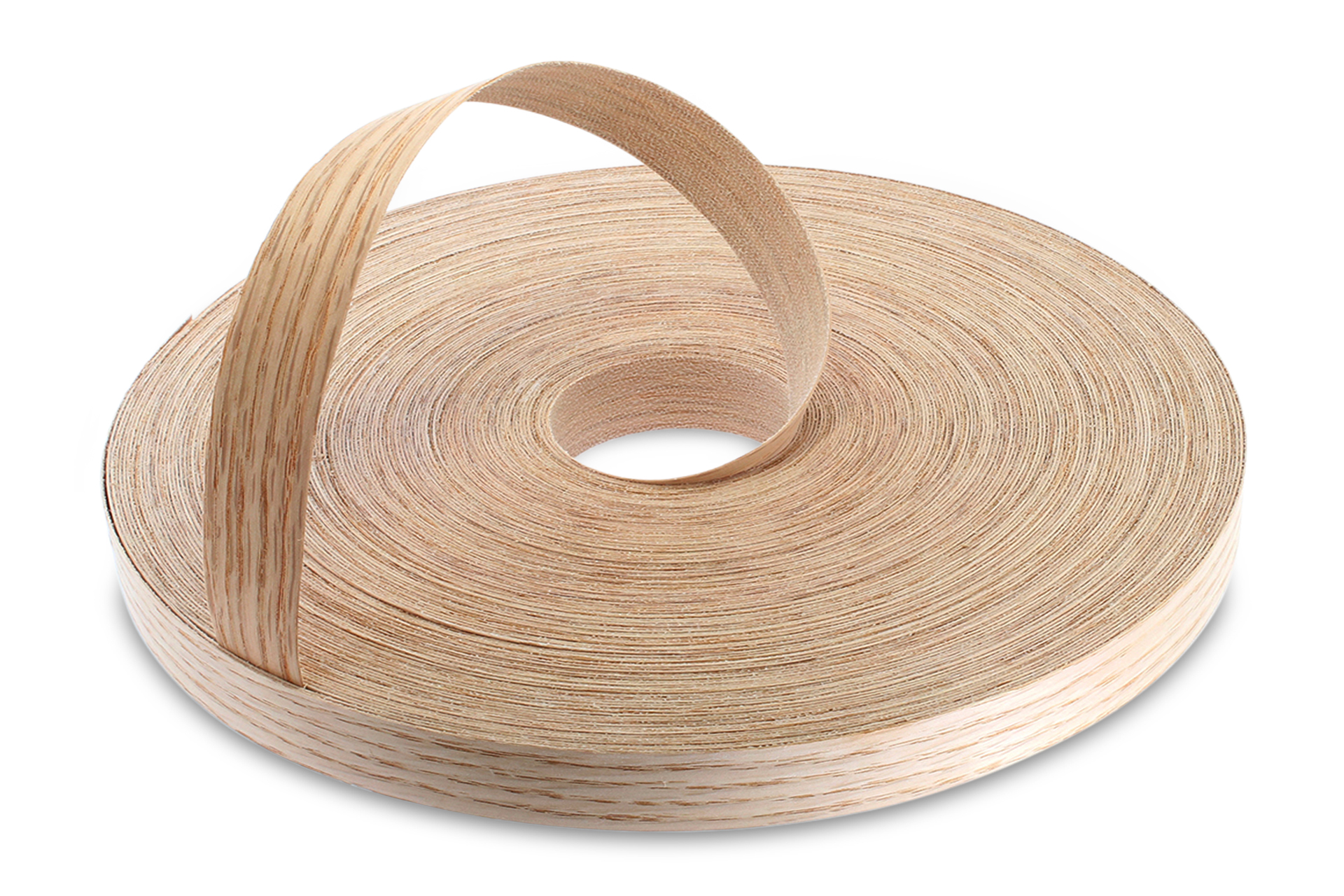-
 WoodPress® White Matt Melamine Edge Banding - Pre-Glued Iron-On Tape - 50m Length Roll
£14.96 – £24.96 + VAT (£17.95 - £29.95 inc. VAT)
WoodPress® White Matt Melamine Edge Banding - Pre-Glued Iron-On Tape - 50m Length Roll
£14.96 – £24.96 + VAT (£17.95 - £29.95 inc. VAT) -
 WoodPress® White Pearl Melamine Edge Banding - Pre-Glued Iron-On Tape 50m Length Roll
£14.96 – £24.96 + VAT (£17.95 - £29.95 inc. VAT)
WoodPress® White Pearl Melamine Edge Banding - Pre-Glued Iron-On Tape 50m Length Roll
£14.96 – £24.96 + VAT (£17.95 - £29.95 inc. VAT) -
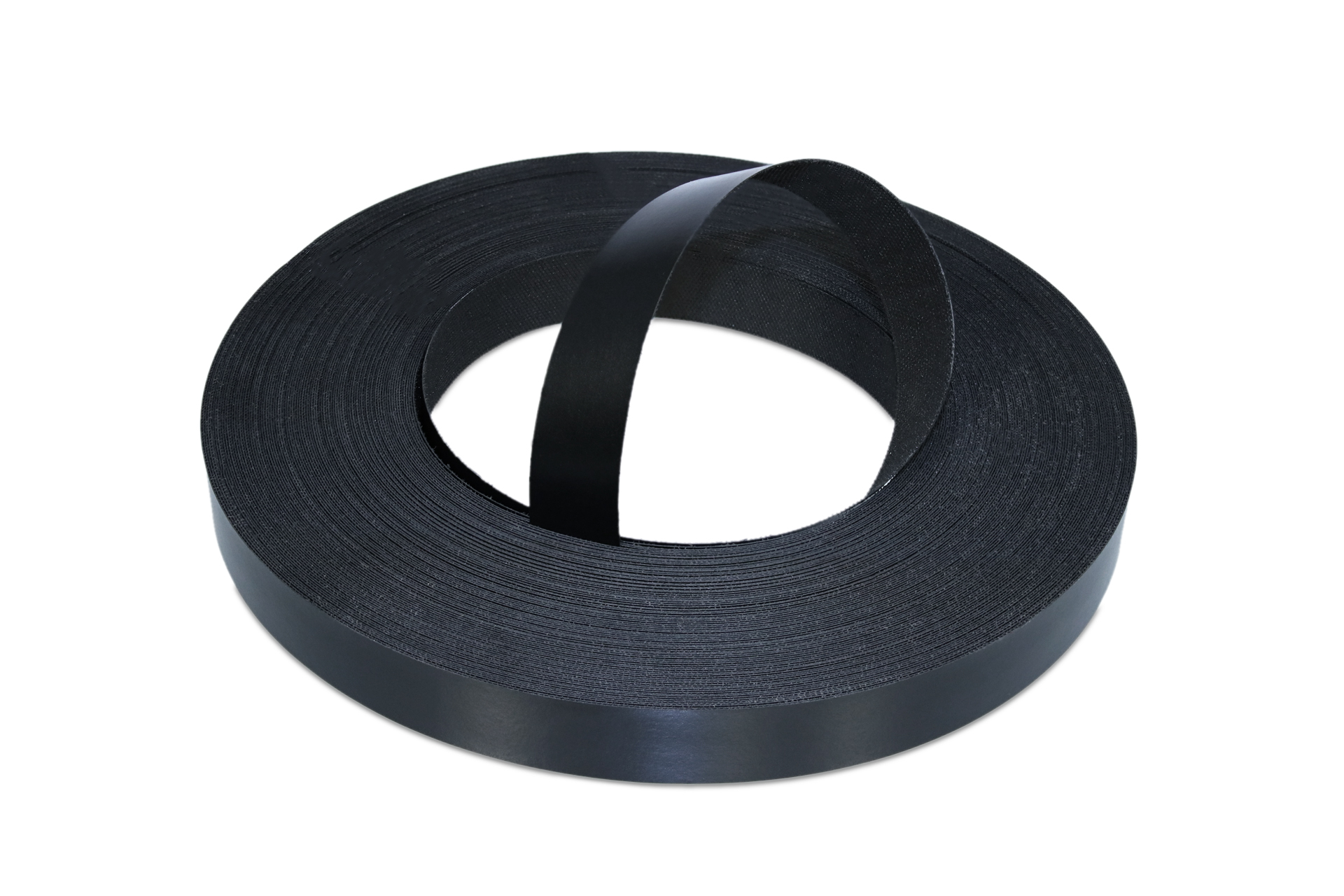 WoodPress® Black Matt Melamine Edge Banding - Pre-Glued Iron-On Tape - 50m Length Roll
£14.96 – £24.96 + VAT (£17.95 - £29.95 inc. VAT)
WoodPress® Black Matt Melamine Edge Banding - Pre-Glued Iron-On Tape - 50m Length Roll
£14.96 – £24.96 + VAT (£17.95 - £29.95 inc. VAT)
Chinese Marquetry; History and an Ancient Port
Ningbo, China, has a rich tradition of woodworking, specifically, intricate Chinese marquetry techniques. Though some of these techniques have faded into history, their influence on global woodworking remains clear…

A city in the Zhejiang province of China, along its eastern coastline, Ningbo is a major port (now known as the Ningbo-Zhoushan port) and plays a large part in China’s trade and export. Dating back to the 7th century, it is one of the oldest ports in the world, still in use today.
However, little known is its fascinating link to the history of Chinese woodwork, which has produced beautiful art, furniture and more, for more than a millennia. Follow along to discover the different woodworking techniques that you may not have known originate from this important city.
Ningbo’s Bone Inlay
Why is a port city relevant to woodworking? Well Ningbo’s proximity to the ocean, as well as farmland, influenced their wood inlay techniques due to the availability of core materials. Seashells, fish for glue, and cow bones were amongst them. Ancient Chinese artisans combined these materials to create beautiful, unique and highly prized designs in wood.
Production involved a long and intricate process, starting with drying out cow bones, used to eventually create brilliant white filigree; an effect which was truly unique amongst furniture artisans of the time.
The artisan would slice into the dried bones to create fine sheets and then transfer designs onto the bone for stencilling.
A delicate and labour-intensive process of sawing the bone around the stencil followed, along with use of a planer to soften the edges. Thereafter, the artisan would lay the bone flat on wood which formed part of the furniture to be decorated, tracing around it with a carving tool. The space was then cored out to create an indentation for the bone-work to sit.
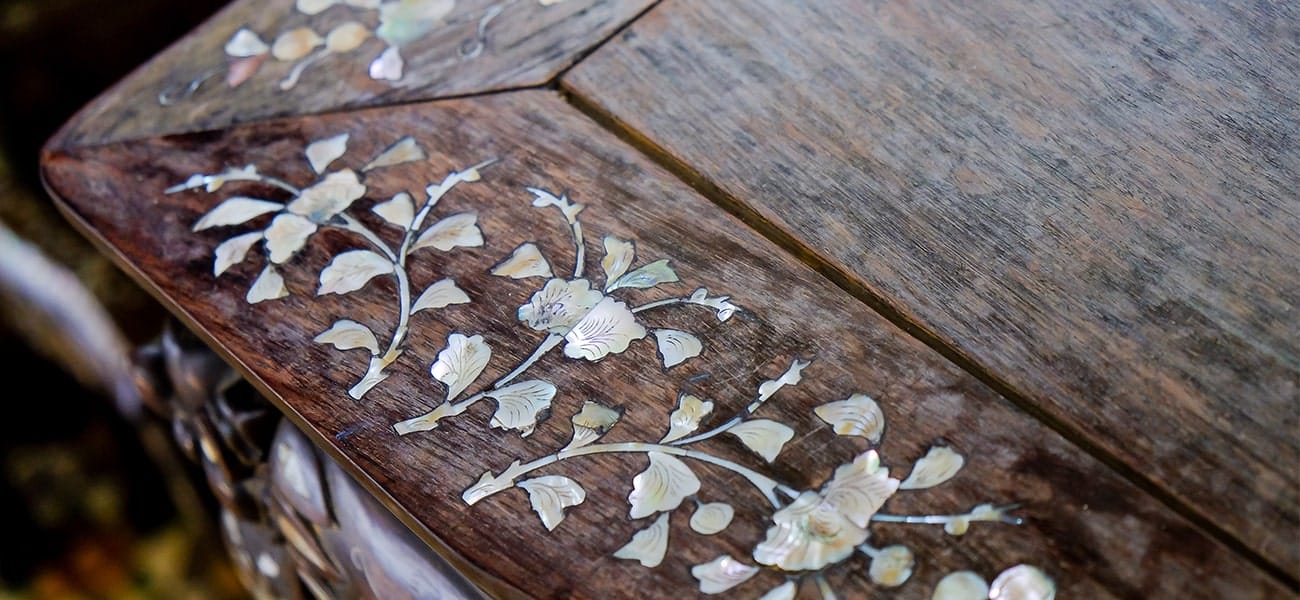
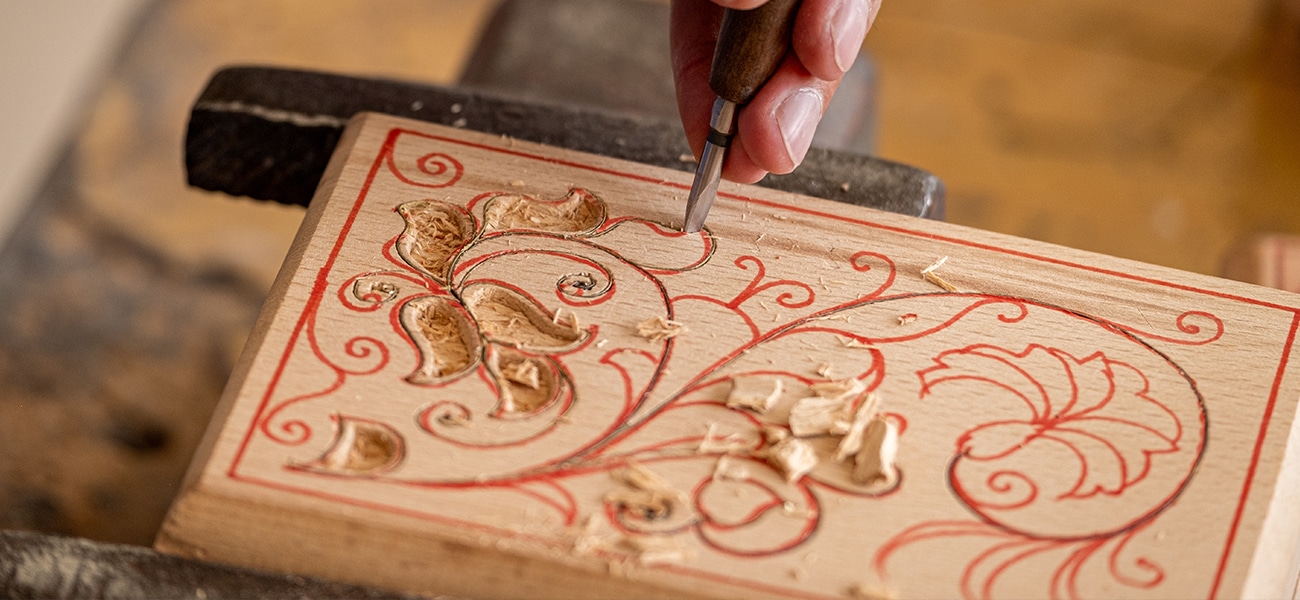
The artisan would then use a resin, normally derived from fish, which offered strong adhesion to wood, affixing the pieces of bone into their designated carvings; once the resin was dry, the artisan would sand down any superfluous resin or protruding bone, creating a smooth, flush finish..
These inlay artworks often depicted scenes relevant to the times, like paintings of nobility, or would offer intricate floral designs, taking their inspiration from the local nature. These pieces were sort after and highly prized by both local aristocrats as well as foreign treasure seekers and were used to demonstrate wealth, while adding decorative value to furniture.
Let’s delve deeper into what else Ningbo has given the woodworking world…
Mortise & Tenon
The city of Ningbo and the province of Zhejiang have influenced the world with many traditional forms of woodworking . If you have read our blog on Japanese joinery, or are an experienced woodworker, you will know of the mortise and tenon joint.
However, the mortise and tenon joint is not Japanese at all; in fact, it was invented in the Zhejiang province during the Neolithic Era some 7000 years ago! At a later date it was introduced to Japan and its use spread throughout Asia and then the rest of the world.
Ningbo’s Wood Carvings
Wood carvings, known as ‘Zhujin Mudiao’ were a prominent form of storytelling and artistry in Ningbo. Artisans used high-quality local woods such as gingko and linden to carve out scenes from folklore and then used gold foil and paint to add detail to the imagery, creating stunning works. Not surprisingly, this influenced Japanese styles of wood carvings which evolved at a later stage.
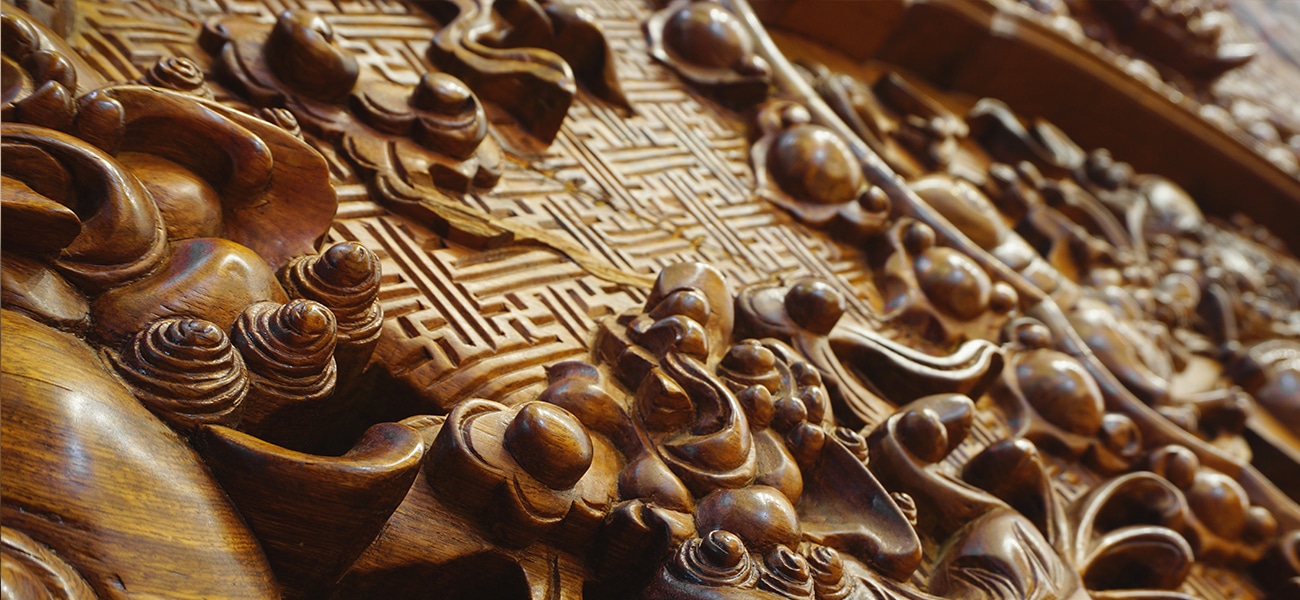
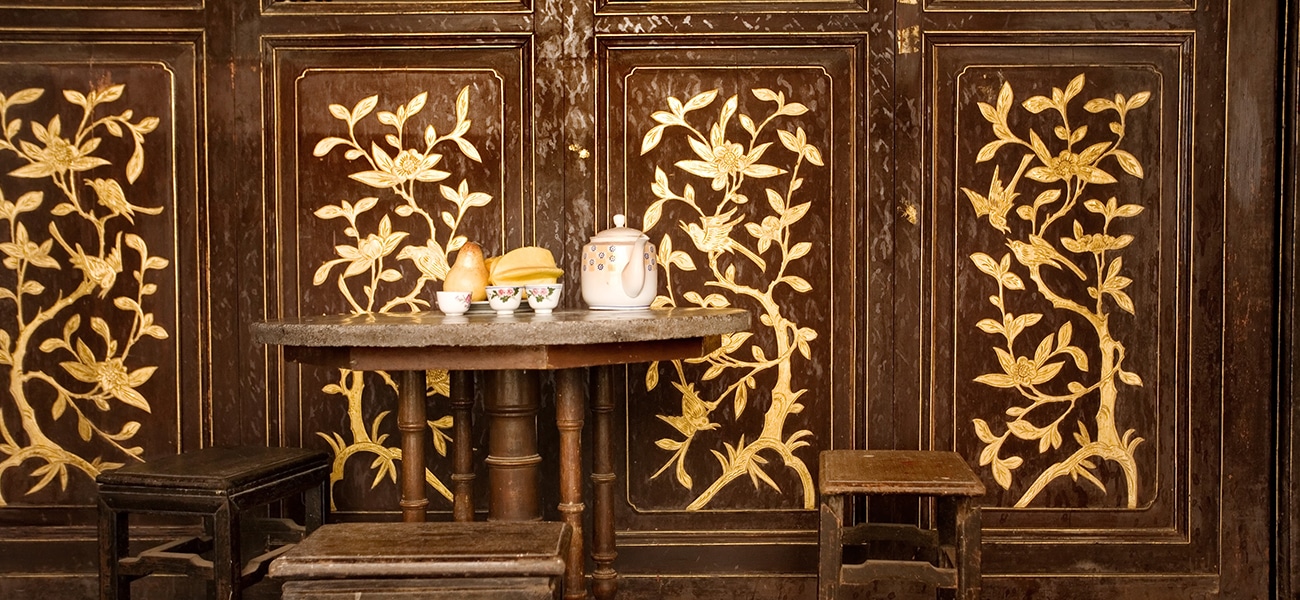
Ningbo’s Wooden Hooped Buckets
Hooped buckets were a traditional craft unique to Ningbo; they were made using wooden slats fastened together in a circular shape using bamboo pins, which were then planed and sanded to create the bucket’s shape. The bucket was then fastened tightly with copper or iron wire hoops.
These buckets were commonly used as a dowry in rural China, and also used by mothers to carry their young and their produce at the same time. Unfortunately, this ancient craft is now a rarity, given the invention of plastic and metal buckets, but there are some artisans who insist on working to keep this tradition alive.
Conclusion
You should now have some insight into the many incredible woodworking traditions to come out of Ningbo, China, which have influenced the way the world produces furniture. The importance of keeping these traditions alive is now all the more pertinent given China is the world’s mass producer of flat-pack furniture and cheap decor. There’s an irony there, but the history of Ningbo’s artisans stands as testimony to China’s creative past. Fortunately, there are some artisans recording these incredible traditions and posting them for all via YouTube:



